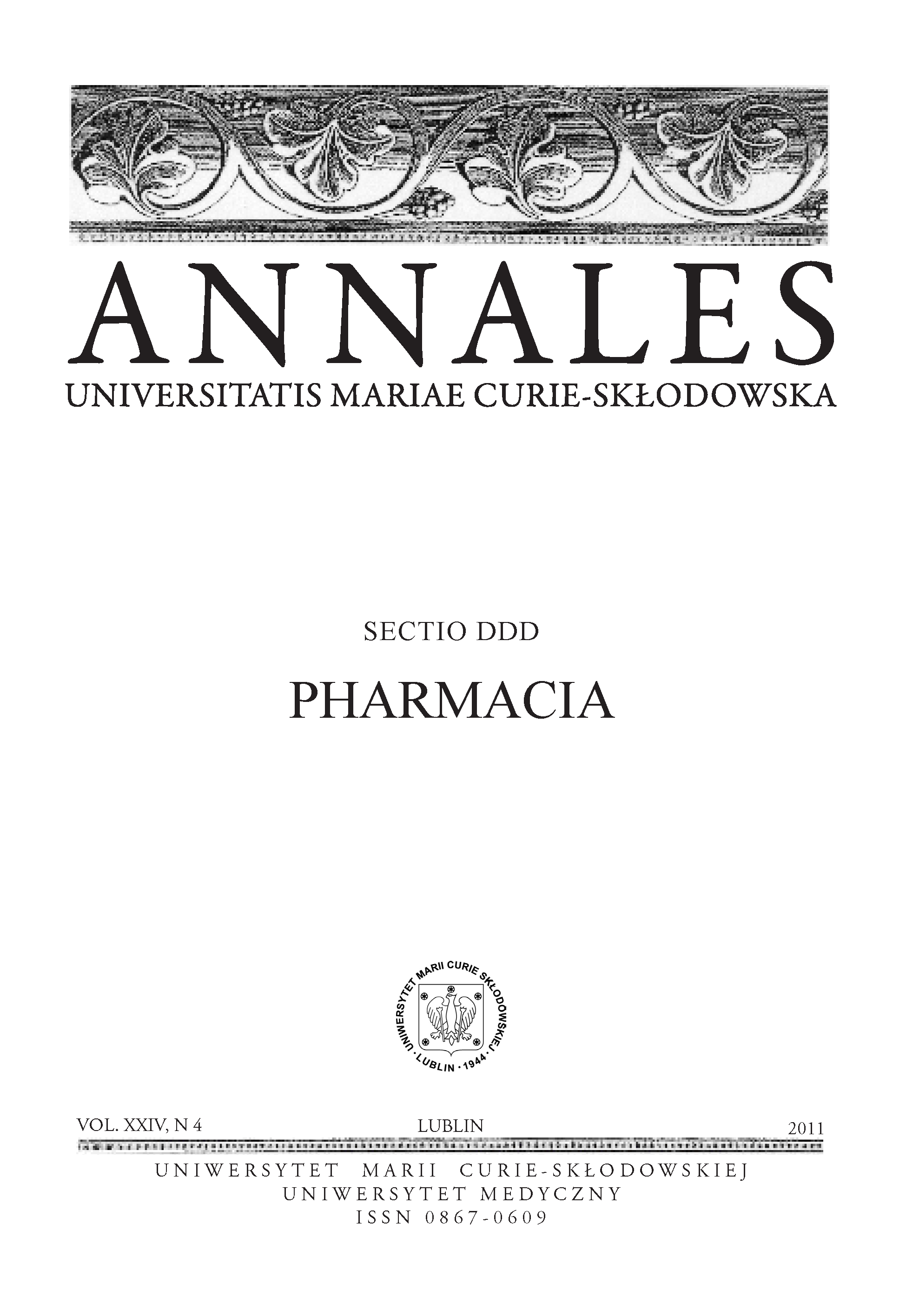Wczesna rehabilitacja pacjenta po udarze mózgu
DOI:
https://doi.org/10.12923/Słowa kluczowe:
udar mózgu, rehabilitacja, program rehabilitacjiAbstrakt
Nie ma „złotej metody” umożliwiającej szybkie usprawnienie pacjenta po udarze mózgu. Na pewno rehabilitacja poudarowa oznacza rehabilitację nowoczesną, kompleksową, wszechstronną, rozpoczętą wcześnie, kontynuowaną w miejscu zamieszkania oraz realizowaną przez wysoko wyszkolony zespół rehabilitacyjny. Poszczególni członkowie tego zespołu zaangażowani są dla realizacji określonych celów w zależności od indywidualnych i aktualnych potrzeb konkretnego pacjenta. Żadnego chorego nie wolno pozbawiać prawa do usprawniania. Należy dostosować indywidualnie program rehabilitacji i konsekwentnie realizować poszczególne jego punkty tak, by w centrum uwagi był pacjent jego problemy i deficyty. Każde działanie terapeutyczne powinno być ukierunkowane na poprawę możliwości funkcjonalnych i samoobsługowych pacjenta, a co za tym idzie jego jakości życia.
Bibliografia
1. Bonita R.: Epidemiology of stroke. Lancet, 339, 1992.
2. Boake C. et al.: Constraint-induced movement therapy during early stroke rehabilitation. Neurorehabil Neural Repair, 21, 14, 2007.
3. Brott T., Reed R.L.: Intensive care for acute stroke in the community hospital setting. Stroke, 20, 694, 1989.
4. Easton J.D.: Epidemiology of stroke recurrence. Cerebrovasc Dis, Suppl.1, 2, 1997.
5. Ernst E.: A review of stroke Rehabilitation and Physiotherapy. Stroke, 21, 1081, 1990.
6. Garrison S. J.: Podstawy rehabilitacji i medycyny fizykalnej. PZWL, Warszawa 1997.
7. Hacke W. et al.: Critical care of acute ischemic stroke. Intensive Care Med., 21, 856, 1995.
8. Indredavik B. et al.: Stroke unit treatment: long-term effects. Stroke, 28, 1861, 1997.
9. Johansson B.B.: Brain plasticity and Stroke Rehabilitation. Stroke, 31, 223, 2000.
10. Kjellstroem T., Norrving B., Shatchkute A.: Helsingborg Delaration 2006 on European Stroke Strategies. Cerebrovascular Diseases, 23, 229, 2007.
11. Kossut M.: Plastyczność mózgu. Neurol. Neurochir. Pol., 6, 1091, 2000.
12. Kozubski W., Limberski P. P.: Choroby układu nerwowego. PZWL, Warszawa 2004.
13. Kwolek A.: Postępowanie i profilaktyka powikłań w ostrej fazie udaru mózgu z uwzględnieniem wczesnej rehabilitacji. Post. Rehab., 10, 95, 1999.
14. Kwolek A.: Postępy w leczeniu i rehabilitacji osób po udarze niedokrwiennym mózgu. Rehabil. Med., 6, 9, 2002.
15. Laidler P.: Rehabilitacja po udarze mózgu. 15-18, PZWL, Warszawa 1996.
16. Magnusson M.: Sensory Stimulation promotes Normalization of postural Control After Stroke. Stroke, 25, 1176, 1994.
17. Mark V.W., Taub E., Morris D.M.: Neuroplasticity and constraint-induced movement therapy. Eura Medicophys., 42, 269, 2006.
18. Nowotny J.: Podstawy kliniczne fizjoterapii w dysfunkcjach narządu ruchu. Medipage, 166-180, Warszawa 2006.
19. Pluoghman M.: Przegląd literatury poświęconej neuroplastyczności mózgu i jej implikacjom dla fizjoterapii udaru mózgowego. Rehab. Med. 1, 15, 2003.
20. Prusiński A. et al.: Niedokrwienne udary mózgu. A-Medica Press, Bielsko Biała 1999.
21. Prusiński A.: Neurologia praktyczna. PZWL, Warszawa 2001.
22. Prusiński A.: Udary mózgu - jeden z czołowych problemów współczesnej medycyny. Alfa-medica Press, 9-23, 1999.
23. Rossini P.M., Dal Forno G.: Integrated technology for evaluation of brain function and neural plasticity. Phys. Med. Rehabil. Clin. N Am. 15, 263, 2004.
24. Ryglwicz D.: Epidemiologia udarów mózgu. Medycyna 2000, 27, 38, 1992.
25. Sabari J.S. et al.: Constraint-induced motor relearning after stroke: a naturalistic case report. Arch. Phys. Med. Rehabil., 4, 524, 2001.
26. Sunderland A., Tuke A.: Neuroplasticity, learning and recovery after stroke: a critical evaluation constraint-induced therapy. Neuropsychol Rehabil., 2, 81, 2005.
27. Taub E.: Constraint-induced movement therapy and massed practice. Stroke, 31, 986, 2000.
28. Taub E., Morris D.: Constraint induced movement therapy to enhance recovery after stroke. Curr. Atheroscler. Rep., 3, 279, 2001.
29. Taub E., Uswald G.: Constraint-Induced Movement therapy: answers and questions after two decades of research. NeuroRehabilitation, 2, 93, 2006.
Pobrania
Opublikowane
Numer
Dział
Licencja
Prawa autorskie (c) 2011 Autorzy

Praca jest udostępniana na licencji Creative Commons Attribution-NonCommercial-NoDerivatives 3.0 Unported License.


